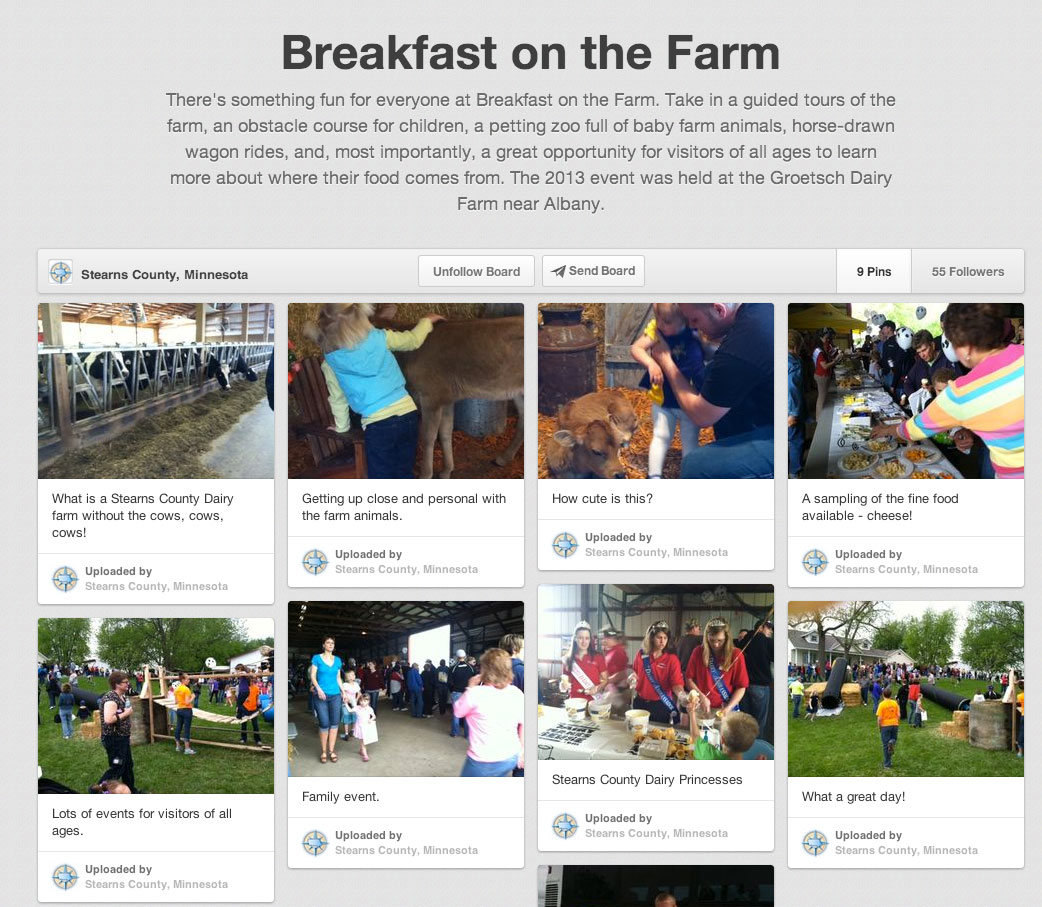Category: Content Marketing
-
How do you set up your Facebook Page for your family farm?
So why in the world do you need a Facebook page for your farm? You probably already have a website. Isn’t that good enough? Well, a website is still very important. The most important thing in my book because it’s your home on the internet but a Facebook page for your farm is an easy…
-
How do you set up a goal in Google Analytics? – Simple SEO
So what’s the best way to set up and use Google Analytics to get more out of your website? Answer one important question and you can be well on your way to understanding more about how your website is working for you and how to adjust it for the future. Why does your website exist?…
